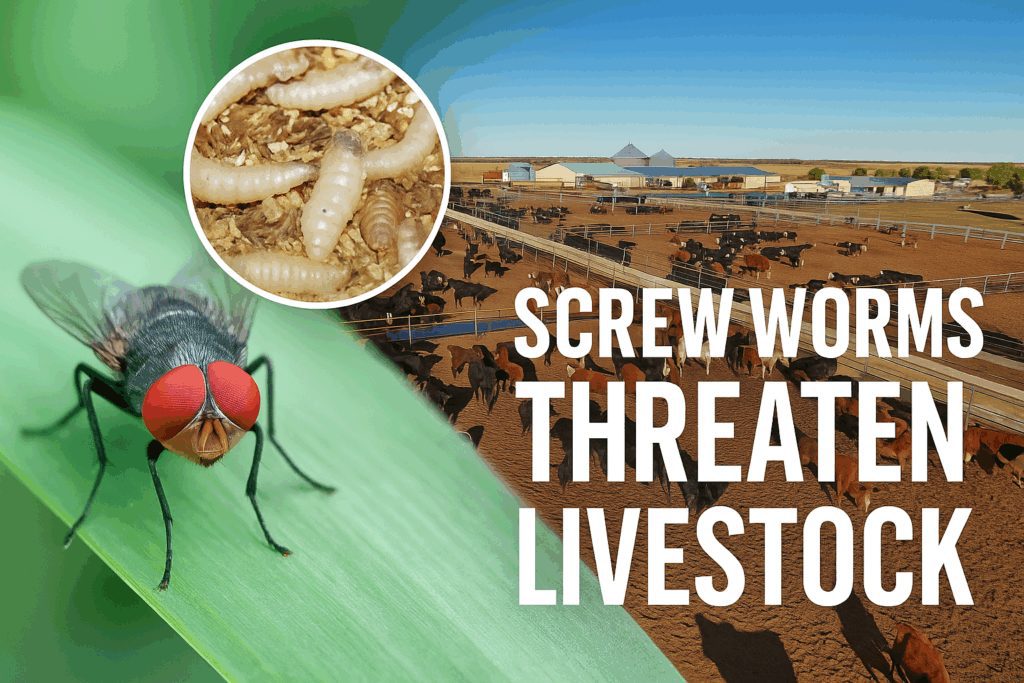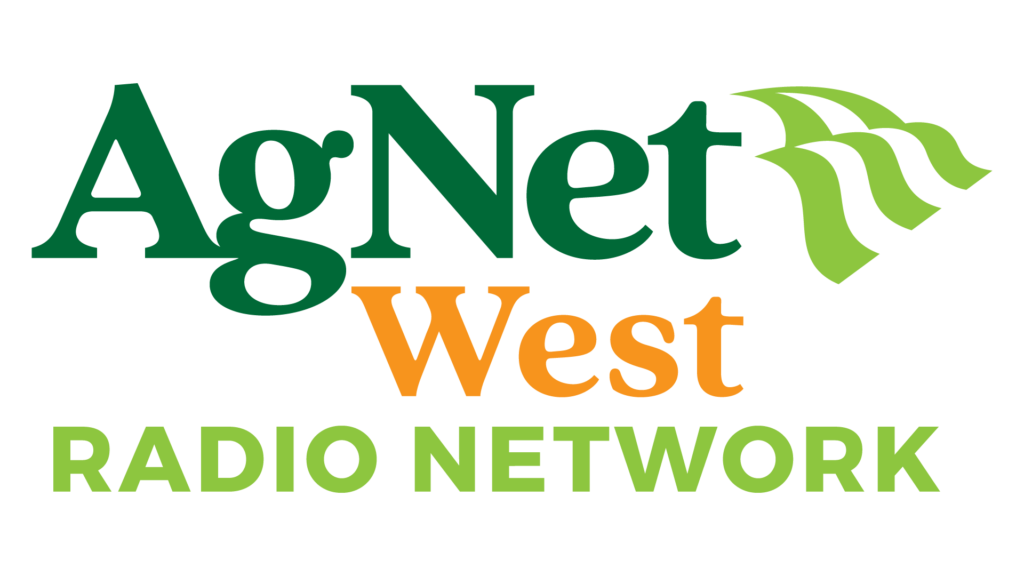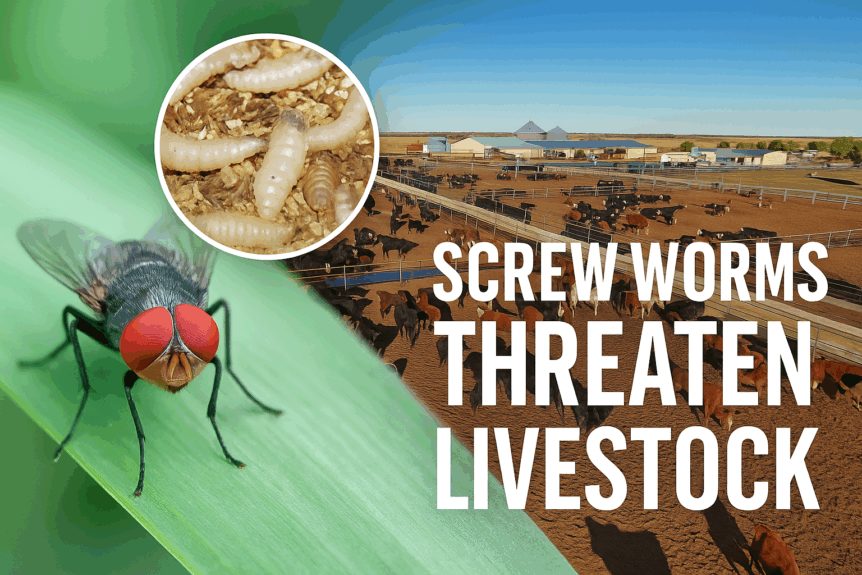Southern Border Ports Shut Down to Protect U.S. Livestock

Ag Secretary Brooke Rollins has announced an immediate and sweeping halt to livestock imports through the southern border in response to the discovery of the New World screw worm in Mexico. The pest, located just 375 miles from the U.S. border, poses a grave threat to American cattle, bison, and horses.
“This ugly pest threatens our cattle, bison and horses causing severe harm and even death,” said Rollins. The emergency action was taken to protect American farmers and the nation’s food supply. “We were close to opening back the ports, but this is going to be delayed for however long it takes to get this situation under control.”
Livestock Imports Suspended Indefinitely
Effective immediately, all imports of live animals from Mexico are suspended. This decision comes as U.S. agricultural officials cite unreliable data from Mexican authorities and insufficient cross-border cooperation.
“There has to be a hundred percent cooperation with Mexico and it’s been difficult so far,” Rollins emphasized. The USDA’s stance is clear: the risk to the domestic livestock industry is too high to take chances.
Cattle Industry Already Facing Historic Lows
The closure of the ports only adds to growing concerns within the cattle industry. Darren Hill of JD Food highlighted the gravity of the current situation.
“Cattle numbers right now have reached a historic low — the lowest number since 1951,” Hill explained. “And when you get that type of supply shortage, when demand overall is pretty steady, it’s not good.”
Ongoing Crisis Adds Pressure on U.S. Beef Supply
The discovery of the screw worm is yet another blow to a sector already under pressure from reduced herd sizes and rising costs. Industry leaders warn that continued disruption in trade could exacerbate shortages and further impact prices at the consumer level.
With the ports now closed and no timeline for reopening, the U.S. livestock industry braces for uncertainty. Cooperation with Mexican authorities and aggressive pest monitoring will be essential in determining the next steps.
Nick Papagni, “The Ag Meter,” reporting for AgNet West.










